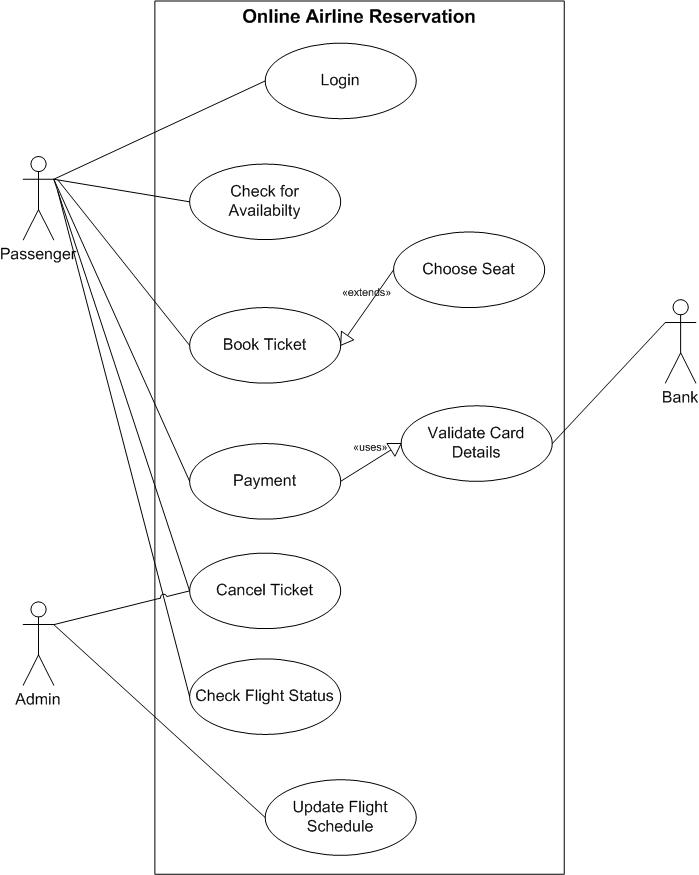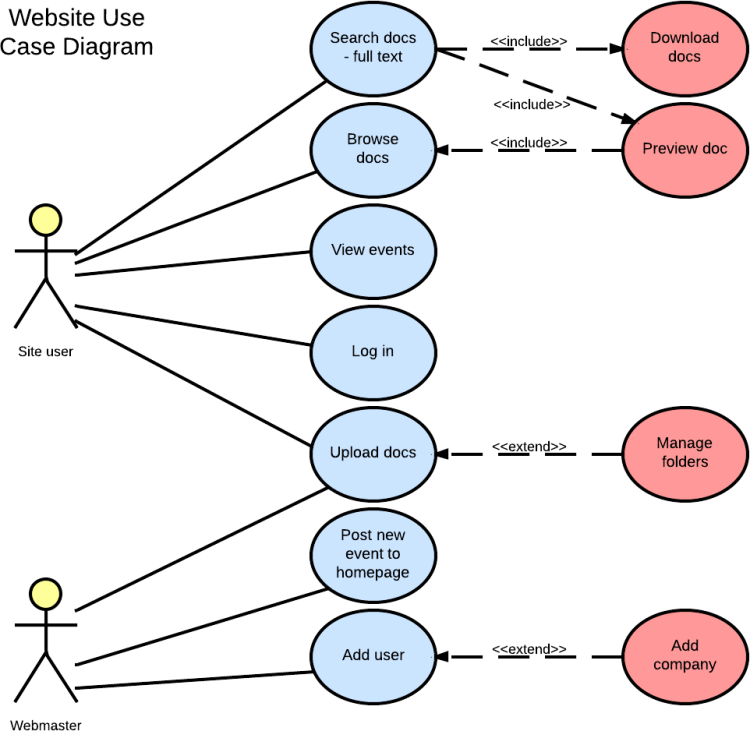

They serve to make the development of threads more disciplined, explicit, and rich. However, the conceptual flow places use cases into the overall context of the MBSE model. For example, use cases can be tied to requirements. Note that this is not the only flow nor is it the prescribed flow. A view of how use cases fit into the greater language of MBSE is shown below. Use cases are then elaborated by functional threads which provide the insight needed to develop the integrated logic. From this context and the operational concept that drives it, use cases are identified. From the requirements, you define the system boundary – physical and functional – and identify the context. The conceptual modeling flow (in top-down design) begins with the requirements. They are often used as elicitation and discovery tools, helping to better understand the system under consideration and transition from requirements and operational context to behavioral threads. Use cases are effectively the names of MBSE threads, capturing concepts and context that should be translated into threads and the integrated system logic. The use case diagram is a graphical representation of actors (humans), blocks (components), and use cases. Use cases describe the functionality of a system from the user perspective.

Use Case Diagram (available in the SysML base view set)


 0 kommentar(er)
0 kommentar(er)
